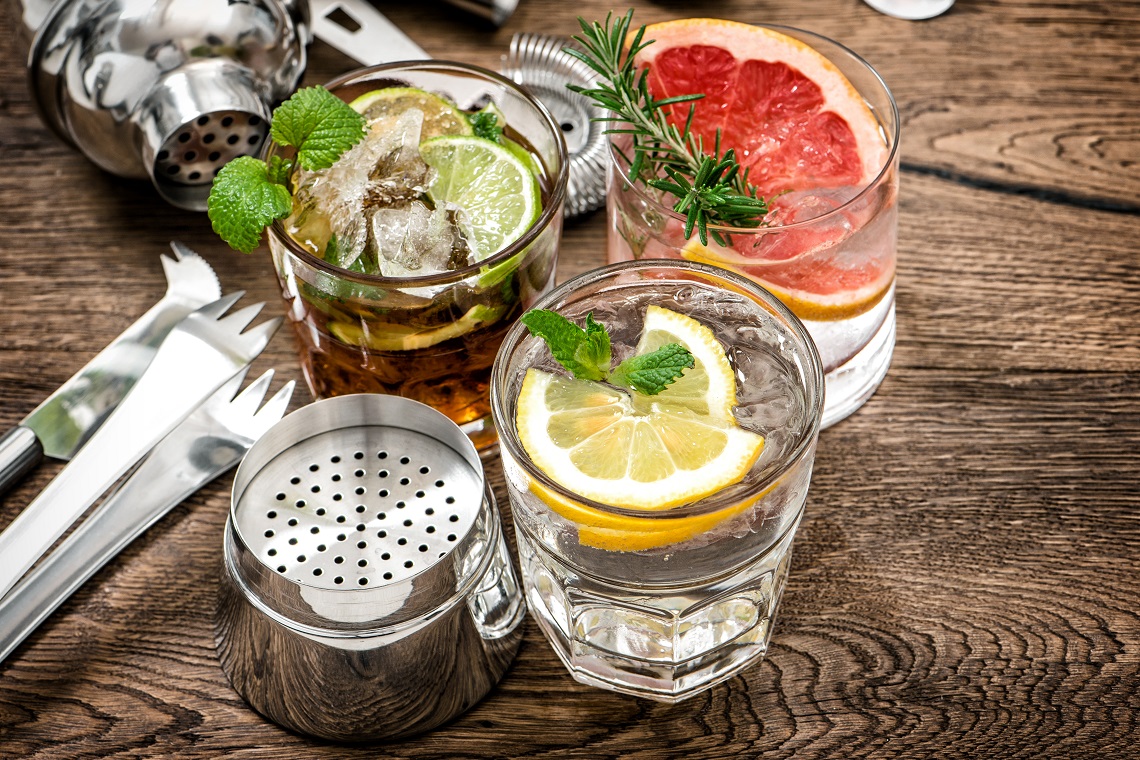The global no- and low-alcohol category (no-lo) is now worth nearly US$10bn, with strong growth ahead, according to new research from drinks market analysts IWSR.
The research shows that no-lo products grew by more than six per cent in volume in 10 key global focus markets in 2021, and now command a 3.5 per cent volume share of the industry.
The 2022 IWSR No- and Low-Alcohol Strategic Study found that across the 10 focus markets, which include Australia, the market value of no-lo has increased from $7.8bn in 2018 to just under $10bn in 2021.
The IWSR forecasts that no- and low-alcohol volume will grow by eight per cent compound annual growth rate (CAGR) between 2021 and 2025, compared to regular alcohol volume growth of +0.7 per cent CAGR during that same period.
“While January has become a popular month for people to cut back or abstain from alcohol, interest in no- and low-alcohol drinks has increasingly become a year-round trend among consumers across the world,” says Emily Neill, COO of IWSR Drinks Market Analysis.
“To meet that demand, beverage alcohol companies have invested heavily to introduce a number of innovative new products, and many established mainstream brands have recently crossed over to develop no/low alcohol versions of their popular beer, wines, and spirits.”
The study states that beer & cider is the largest no-lo category with 75 per cent volume share and that no-alcohol beer is projected to drive growth at more than 11 per cent CAGR between 2021 and 2025.
No-alcohol RTDs and no-alcohol spirits are both expected to post about 14 per cent CAGR volume growth, while low-alcohol wine is expected to grow almost 20 per cent CAGR 2021-2025, vs. no-alcohol wine projected at nine per cent CAGR.
According to the new IWSR research, 43 per cent of adults across the focus markets who have purchased no- and low-alcohol beverages say they are substituting those products in place of full-strength alcohol for certain occasions, rather than abstaining from alcohol overall.
“The no/low alcohol market is still very much in its early growth stage in many categories and geographies, as the sector continues to define itself,” adds Neill. “Brands that will ultimately dominate in the no/low space are those that are successful in navigating the barriers of taste, price, pack format, availability, and overall consumer education.”

